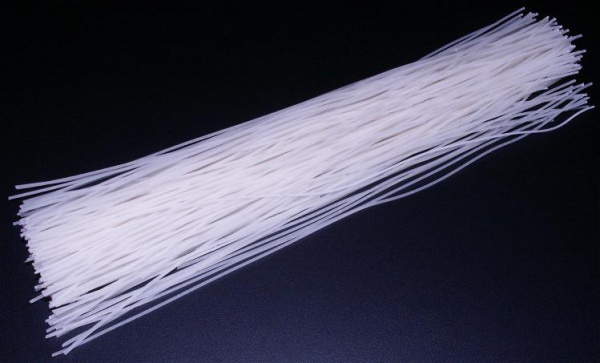Facts About Rice noodles
Rice noodles, often referred to simply as "rice noodle" are a staple in many East and Southeast Asian cuisines. Made primarily from rice flour and water, these noodles sometimes incorporate tapioca or corn starch to enhance their texture and transparency. Available in a variety of shapes and textures, rice noodles can be found fresh, frozen, or dried. While fresh rice noodles are delicious, their short shelf life often necessitates drying as a method of preservation. In regions like Tamil Nadu and parts of Southeast Asia, specific varieties such as idiyappam are commonly made fresh at home. For those avoiding wheat or gluten, brown rice flour pasta serves as an excellent alternative.
The history of rice noodles dates back to the Qin dynasty in China, where they were developed to accommodate the southern Chinese preference for rice over wheat. There are numerous types of rice noodles, including Mí Fĕn, Hé Fĕn, Mí Xiàn, Bánh Canh, Bánh Phở, Idiyappam, Sevai, Khanom Chin, and Kuān Tiáo.
Rice noodles are incredibly versatile and feature prominently in a wide range of dishes across different cuisines. In Cambodia, you'll find Ka tieu; in China, Beef Chow Fun; in Burma, Mohinga; in the Philippines, various Pancit dishes; in Indonesia, Bihun; in Laos, Khao Poon; in Malaysia, Asam Laksa; in Thailand, Pad Thai; and in Vietnam, Phở and Bún dishes. Each dish showcases the unique flavor and texture of rice noodles, making them a beloved ingredient worldwide.

 Cambodia
Cambodia